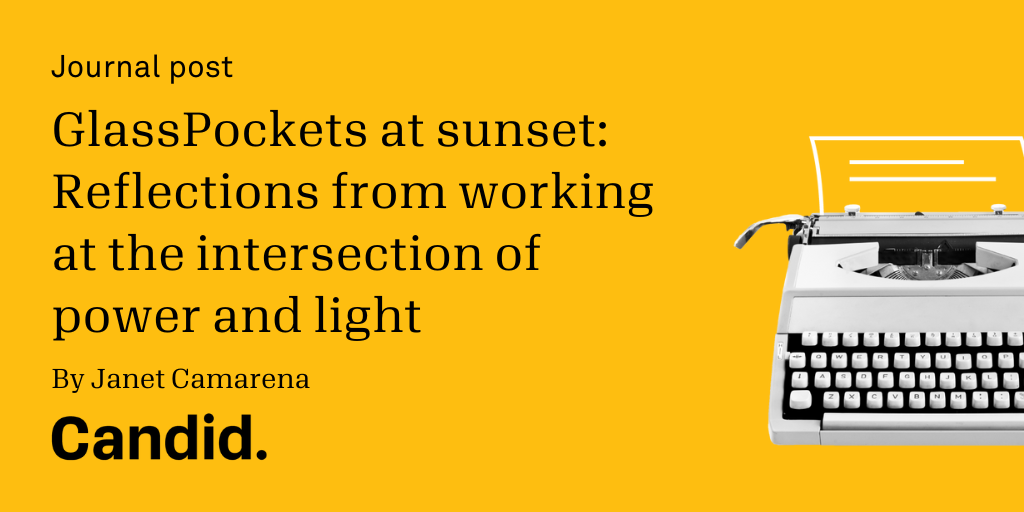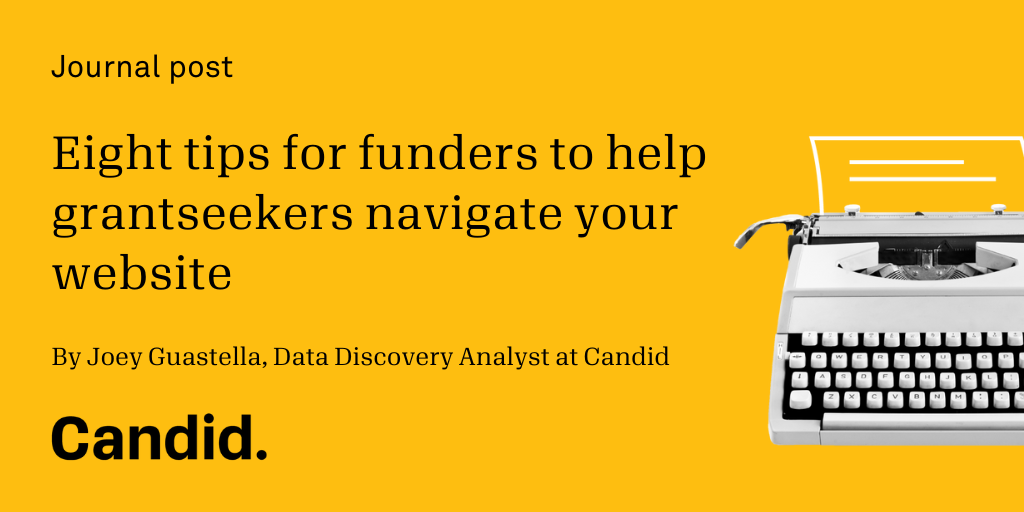Building Our Knowledge Sharing Muscle at Irvine
Kim Ammann Howard joined the James Irvine Foundation as Director of Impact Assessment and Learning in 2015. She has more than 20 years of social impact experience working with nonprofits, foundations, and the public sector to collect, use, and share information that stimulates ongoing learning, and change.
This post is part of the Glasspockets’ #OpenForGood series in partnership with the Fund for Shared Insight. The series explores new tools, promising practices, and inspiring examples showing how some foundations are opening up the knowledge that they are learning for the benefit of the larger philanthropic sector. Contribute your comments on each post and share the series using #OpenForGood.
Having recently spent two days with peer foundation evaluation directors, I am savoring the rich conversations and reflecting on how shared knowledge benefits my own thinking and actions. It also reminds me of how often those conversations only benefit those inside the room. To really influence the field, we need to build our knowledge sharing muscle beyond our four walls and usual circles. A new report from the Foundation Center, Open for Good: Knowledge Sharing to Strengthen Grantmaking, aims to help funders do just that, and I was happy to contribute some of The James Irvine Foundation’s own journey to the guide.
When I joined the Foundation at the end of 2015, there was already a commitment to transparency and openness that established knowledge sharing as part of the culture. It was something that attracted me to Irvine, and I was excited to build on the types of information collected and disseminated in the past, and to figure out how we could grow.
In 2016, we launched our new strategy, which focuses on expanding economic and political opportunity for California families and young adults who are working but struggling with poverty. This presented an opportune moment to articulate and set expectations about how impact assessment and learning (IA&L) is integrated in the work. This includes defining how we assess our progress in meeting our strategic goals, how we learn, and how we use what we learn to adapt and improve. We developed a framework that outlines our approach to IA&L – why we think it’s important, what principles guide us, and how we put IA&L into practice.
While the IA&L framework was designed as an internal guide, we decided to make it available externally for three reasons: to honor the Foundation’s commitment to transparency and openness; to hold ourselves accountable to what we say we espouse for IA&L; and to model our approach for colleagues at other organizations who may be interested in adopting a similar framework.
What We’re Learning
We’ve also dedicated a new portion of our website to what we are learning. We use this section to share knowledge with the field – and not only the end results of an initiative or body of research but also to communicate what happens in the middle – to be transparent about the work as we go.
For example, in 2017, we spent a year listening and learning from grantees, employers, thought leaders, and other stakeholders in California to inform what would become our Better Careers initiative. At the end of the year, we announced the goal of the initiative to connect low-income Californians to good jobs with family-sustaining wages and advancement opportunities. It was important for us to uphold the principles of feedback set in our IA&L framework by communicating with all the stakeholders who helped to inform the initiative’s strategy – it was also the right thing to do. We wanted to be transparent about how we got to our Better Career approach and highlight the ideas reflected in it as well as the equally valuable insights that we decided not to pursue. Given the resources that went into accumulating this knowledge, and in the spirit of greater funder collaboration, we also posted these ideas on our website to benefit others working in this space.
As we continue to build our knowledge sharing muscle at Irvine, we are exploring additional ways to communicate as we go. We are currently reflecting on what we are learning about how we work inside the foundation – and thinking about ways to share the insights that can add value to the field. Participating as a voice in the Foundation Center’s new Open for Good guide was one such opportunity, and the stories and lessons from other Foundations in the guide inspires our own path forward.
--Kim Ammann Howard


